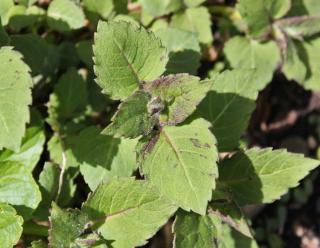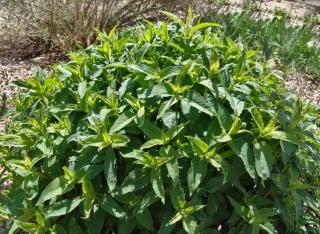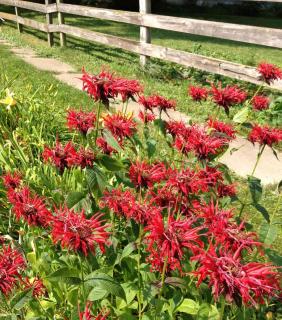

Bee balm is a cute perennial that’s also an herb, native to North America.
Useful to all for its many medicinal properties (Monarda) and cooking flavor, it’s also a very ornamental plant.
Key facts to remember
Name – Monarda
Family – Lamiaceae
Type – perennial
Height – 32 to 48 inches (80 to 120 cm)
Exposure – full sun and part sun
Soil – ordinary
Flowering – June to September

Propagate beebalm through clump division in spring, or through cuttings.

During the blooming, you can deadhead your flowers as they fade away, to trigger more blooming and new flowers.
If your beebalm shows signs of a whitish powder on its leaves, it’s surely due to a disease called powdery mildew.

It has a great many uses in cooking and in treating benign ailments: simply as an infusion for a flavorful tea party; and the flowers are edible in a tossed salad for instance.
It has therapeutic properties regarding cough and sore throat.
Note that dried beebalm flowers and leaves are often used in pot-pourri, where they release their citrus-y fragrance for a long time.
To prepare the dried flowers, just cut the blossoms when they just open, early morning, and hang the stems upside-down in a well-ventilated shed (no direct sun).
Cocoa hull mulch is particularly well suited for mulch thanks to its fertilizing properties.